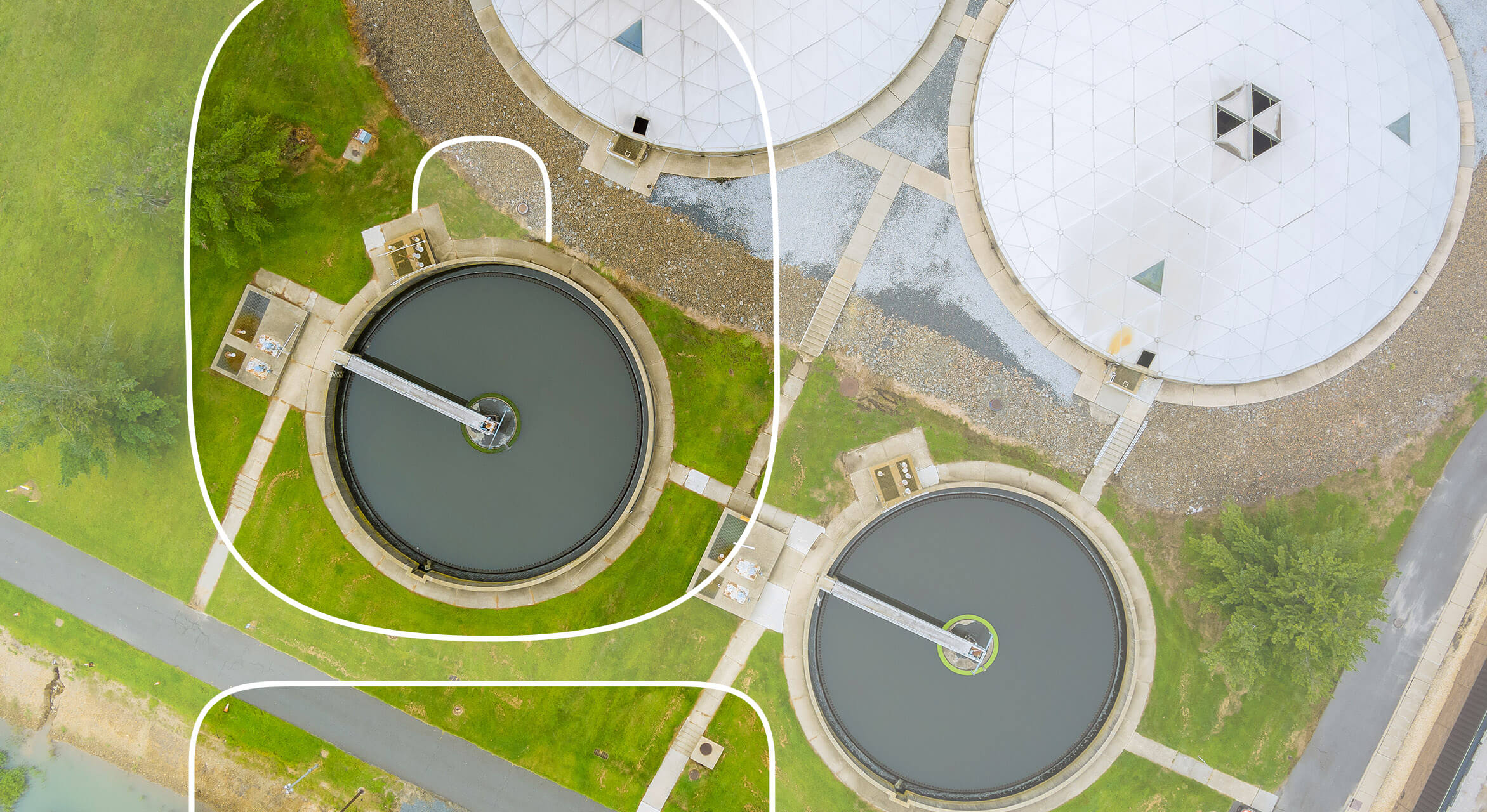Recognizing Wastewater Therapy Processes and Their Ecological Influence
The complexities of wastewater treatment processes play a critical role in mitigating environmental challenges associated with water air pollution. Each phase, from initial to innovative therapies, is created to attend to particular contaminants, ultimately protecting both public health and marine ecological communities.
Review of Wastewater Therapy
Exactly how is wastewater transformed right into a risk-free resource for the environment? Wastewater therapy is an essential procedure created to eliminate contaminants from made use of water, consequently protecting public health and shielding communities. This process begins with the collection of wastewater from residential, commercial, and commercial resources, which is then directed to therapy facilities.
At these facilities, various physical, chemical, and biological approaches are employed to deal with the wastewater. Ultimately, biological therapies, such as turned on sludge processes, use microbes to damage down organic matter.
The dealt with effluent can be securely discharged right into all-natural water bodies or reused for watering and industrial purposes, promoting resource preservation. Additionally, the treatment procedure generates biosolids, which can be repurposed as fertilizers or dirt modifications, even more improving sustainability.
Phases of Therapy Processes
The wastewater treatment process commonly contains three primary phases: initial, key, and secondary treatment. Each stage offers a distinctive duty in decreasing the pollutant tons and ensuring the effluent meets environmental requirements before discharge.

The primary treatment stage concentrates on the physical splitting up of put on hold solids from the wastewater. Via sedimentation, larger fragments settle at the base of sedimentation containers, creating sludge, while lighter products, such as oils and oils, float to the surface and are skimmed off. This process significantly lowers the organic and inorganic lots in the wastewater.
Additional therapy is a biological procedure intended at further lowering the concentration of organic issue. This stage is crucial for accomplishing the necessary biochemical oxygen need (BOD) decrease, eventually leading to cleaner effluent all set for discharge or additional therapy.

Advanced Therapy Technologies
Complying with the secondary therapy procedures, advanced therapy technologies play an essential function in more enhancing the top quality of dealt with wastewater. These technologies are made to remove recurring impurities that are not efficiently removed during main and second treatments, guaranteeing the effluent meets strict governing standards.
Among the extensively made use of advanced therapy approaches are membrane filtering, reverse osmosis, and advanced oxidation procedures. Membrane layer purification, consisting of microfiltration and ultrafiltration, works in separating great fragments, pathogens, and colloids from the water (Wastewater). Reverse osmosis utilizes semi-permeable membrane layers to get rid of liquified solids, resulting in top notch water ideal for various applications
Advanced oxidation processes (AOPs) employ strong oxidants to break down organic toxins, consisting of drugs and personal care products that are resistant to conventional treatment. These techniques improve the biodegradability of complicated compounds, facilitating their removal.
One more considerable innovation is using organic nutrient elimination procedures, which especially target nitrogen and phosphorus, protecting against eutrophication in getting water bodies. Generally, sophisticated therapy innovations are necessary for attaining greater degrees of purification, promoting water reuse, and safeguarding public wellness while resolving the obstacles linked with wastewater monitoring.
Ecological Benefits of Treatment
Numerous ecological advantages develop from efficient wastewater treatment processes that add to ecosystem wellness and sustainability. Largely, these procedures substantially minimize the release of harmful toxins right into natural water bodies, which aids preserve aquatic communities. By removing impurities such as hefty metals, nutrients, and virus, treated wastewater mitigates the threat of waterborne illness and promotes biodiversity in aquatic environments.
Moreover, wastewater therapy facilities often utilize advanced modern technologies that allow water site here recycling and reuse. This technique not just conserves fresh water resources yet likewise lowers the demand on all-natural water materials. Enhanced nutrient removal from wastewater can additionally stop eutrophication, a process that causes algal blooms and succeeding oxygen depletion in water systems.
Additionally, efficient therapy processes can reduce greenhouse gas emissions, especially methane and laughing gas, which are typically launched during without treatment wastewater decomposition. By catching and making use of biogas from anaerobic digesters, facilities can convert waste into renewable power, thereby contributing to a decrease in nonrenewable fuel source reliance.
Difficulties and Future Trends
While the ecological benefits of wastewater therapy are clear, several difficulties linger that hinder optimal results in this area. One significant issue is aging facilities, which frequently causes inadequacies and increased operational expenses - Wastewater. Several therapy plants were designed decades ago, and their capabilities do not straighten with modern-day demands, which consist of stricter regulative criteria and greater quantities of wastewater as a result of urbanization
Looking in advance, there is an expanding emphasis on source healing and circular economy concepts within wastewater therapy. Technologies such as anaerobic food digestion, which can produce biogas, and progressed filtering technologies are obtaining traction. These approaches not just enhance therapy efficiency however likewise advertise find more information sustainability.
Eventually, addressing these obstacles requires cooperation among stakeholders, financial investment in innovation, and a dedication to continuous study. By welcoming these patterns, the wastewater therapy industry can advance to satisfy the needs of a changing setting and society.
Final Thought
Finally, wastewater therapy procedures play an essential function in boosting environmental top quality and public health. The multi-stage treatment structure, coupled with sophisticated modern technologies, efficiently minimizes pollution and advertises sustainable water administration. By resolving residual pollutants and lessening nutrient runoff, these processes contribute to the preservation of water ecological communities and the reduction of greenhouse gas discharges. Proceeded advancements and adaptations in treatment techniques will certainly be essential for conquering emerging difficulties and his comment is here making sure the sustainability of natural deposits (Wastewater).